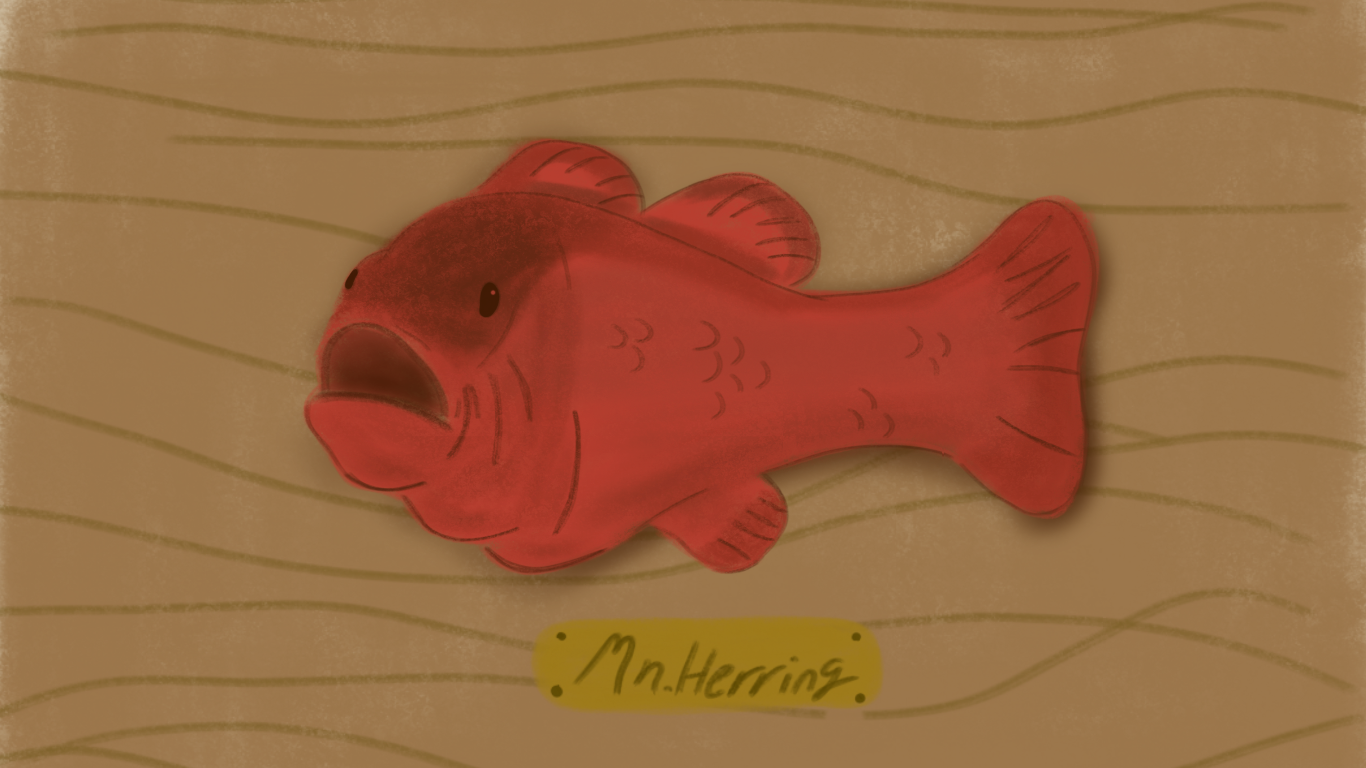Creating a Red Herring
What is a Red Herring anyway?
Red Herrings are a great way to keep your readers guessing until the big mystery is revealed. A Red Herring, a form of foreshadowing, is information that is intended to mislead or distract readers from discovering the truth or expecting a different result.
A Red Herring could be:
An object that seems important (why else would it be mentioned?!)
A bit of a character's backstory that seemed to be significant
A suspicious or generally unlikeable character that we end up assuming is evil
And more!
Essentially a red herring would be something dropped in conversation or described in a setting that makes the reader stop and go, “Oh that has to be it!”
5 tips for incorporating a red herring into your writing:
Don’t go overboard: One or two Red Herrings is enough to distract your reader from the real resolution, but too much will confuse and frustrate the reader. It’s best to have one early on in the story and another midway through the story.
Don’t withhold information from the reader: If every clue in your story misleads, readers will not be pleasantly surprised, but frustrated.
Don’t be too obvious: You don’t want your clues, Red Herring or not, to feel like a badly placed ad inside a Vampire Diaries episode. Readers will already be on high alert looking for motive, alibi, and paying close attention to setting descriptions.
Everything should have a reason: Every Red Herring should have a clear reason to be in the story and be explained before or during the final reveal.
Let your false clues speak to the deeper theme of the story : Your Red Herring can do more than just distract the reader from the truth, they can also act symbolically, offering a deeper narrative for those readers that choose to dwell on the details.
Noteworthy Red Herrings
Whether a red herring in your story is “good” or not will depend heavily on your story. Here are some good examples of red herrings in popular fiction to help you understand the concept. Warning! Spoilers ahead.
Piranesi by Susanna Clarke is a story told by an unreliable narrator, a man with a fading memory living in a world that takes the form of an endless grand house. The house is full of countless statues depicting people, animals and creatures. A reader might make a few assumptions as to why the statues are there while for Piranesi they often reflect his inner thoughts or point him towards his next step.
In the novel turned cult classic movie, Fight Club by Chuck Palahniuk, the narrator is surprised and annoyed at the sudden relationship that forms between Tyler and Marla. This emotional response throws off readers from realizing that the narrator and Tyler are the same person.
In the elusive novel I’m Thinking of Ending Things by Iain Reid, we follow Lucy and Jake as they visit his family for the first time. The story is told from Lucy’s point of view with her almost constant stream of consciousness which is itself a red herring as we later find out the whole story is a daydream created by a now much older Jake, who is a school janitor with many regrets.
StoryForge links to Bookshop.org to support local and independent booksellers.
More resources
If you like these tips and want to try incorporating your own Red Herrings into your story, consider using the Printable Red Herring template. We can’t wait to read your work on StoryForge and see if we can determine the real from the false clues!

